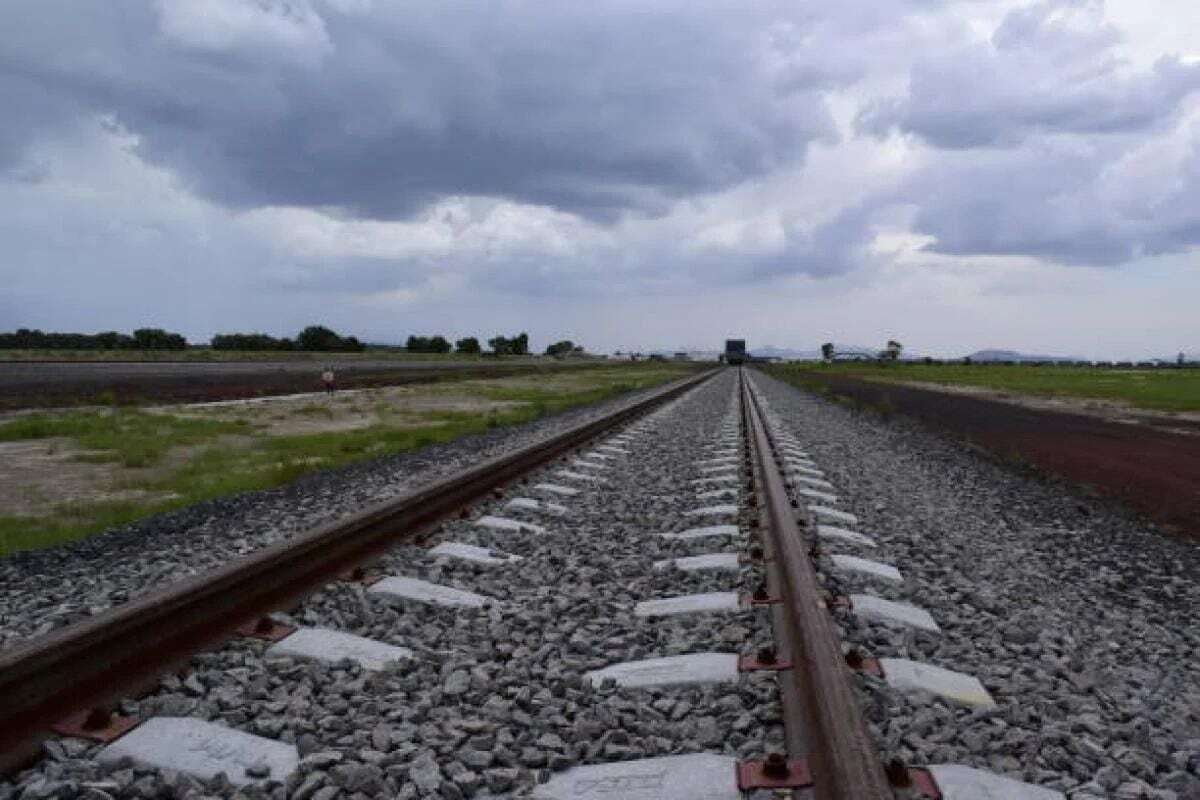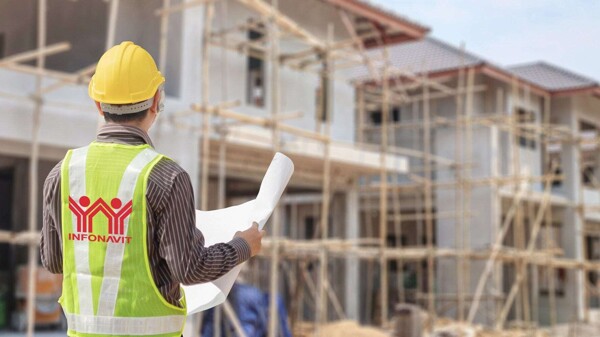
The government of Mexico announced that there will be 13 new train routes for passenger service by the end of the current administration, which will represent more than 3,000 kilometers, said the head of the Regulatory Agency for Rail Transport (ARTF), Andrés Lajous Loaeza.
In a meeting with the United Commissions of Communications and Transport and Infrastructure of the Chamber of Deputies, Andrés Lajous said that in a few weeks, the construction of the first phase, totaling 786 km, will begin, including the sections AIFA-Pachuca in March; México-Querétaro in April; Saltillo-Nuevo Laredo and Querétaro-Irapuato in July of this year.
He also reported that after starting the construction of these initial routes, a second phase will follow with three more, totaling 910 km: Querétaro-San Luis Potosí, Mazatlán-Los Mochis, and Irapuato-Guadalajara. The head of ARTF referred to a third phase of 1,145 km, with the lines Guaymas-Hermosillo, Guadalajara-Tepic, San Luis Potosí-Saltillo, and Los Mochis-Guaymas. Subsequently, there will be another phase of 552 km, which includes the sections Tepic-Mazatlán and Hermosillo-Nogales. This will enable the goals to be achieved in 6 years.
In this way, the northern part of the country will be covered, which will continue the previous administration's efforts with services to the south, such as the Maya Train, the Isthmus of Tehuantepec Train, and the "Insurgent" Train.
Andrés Lajous also emphasized that the advantages of trains for passenger service, in addition to the economic spillover from the construction process, offer connectivity between cities and communities with the metropolitan areas. The population can connect with the rest of the country. The service will feature interurban and regional trains, which will run on dedicated tracks at maximum speeds of 160 to 200 kilometers per hour, with main and secondary stations as well as stops.
Therefore, Lajous indicated that before beginning the construction of the passenger train routes, various pre-investment studies, environmental, technical, and social linkage studies, as well as right-of-way issues, will be conducted.
The event was led by the president of the Commission of Communications and Transport, Víctor Manuel Pérez Díaz, and the president of the Commission of Infrastructure of the Chamber of Deputies, Roberto Albores Gleason. In total, 3,393 km. According to a preliminary study, construction will begin in those areas with greater demand, so that we can bring into service as soon as possible the sections that we consider operationally significant.














